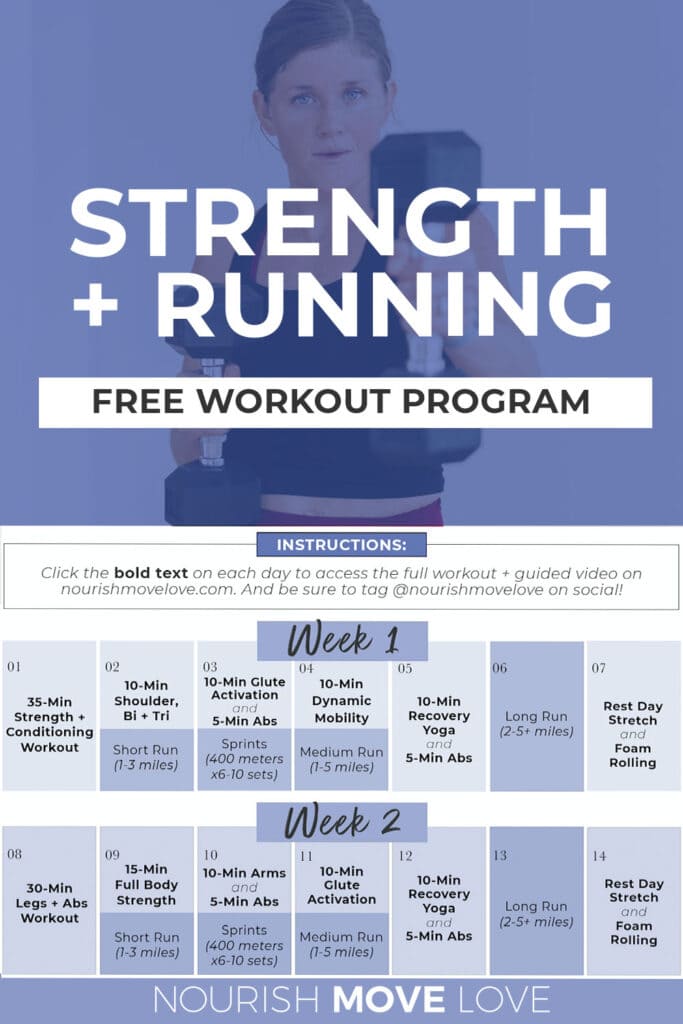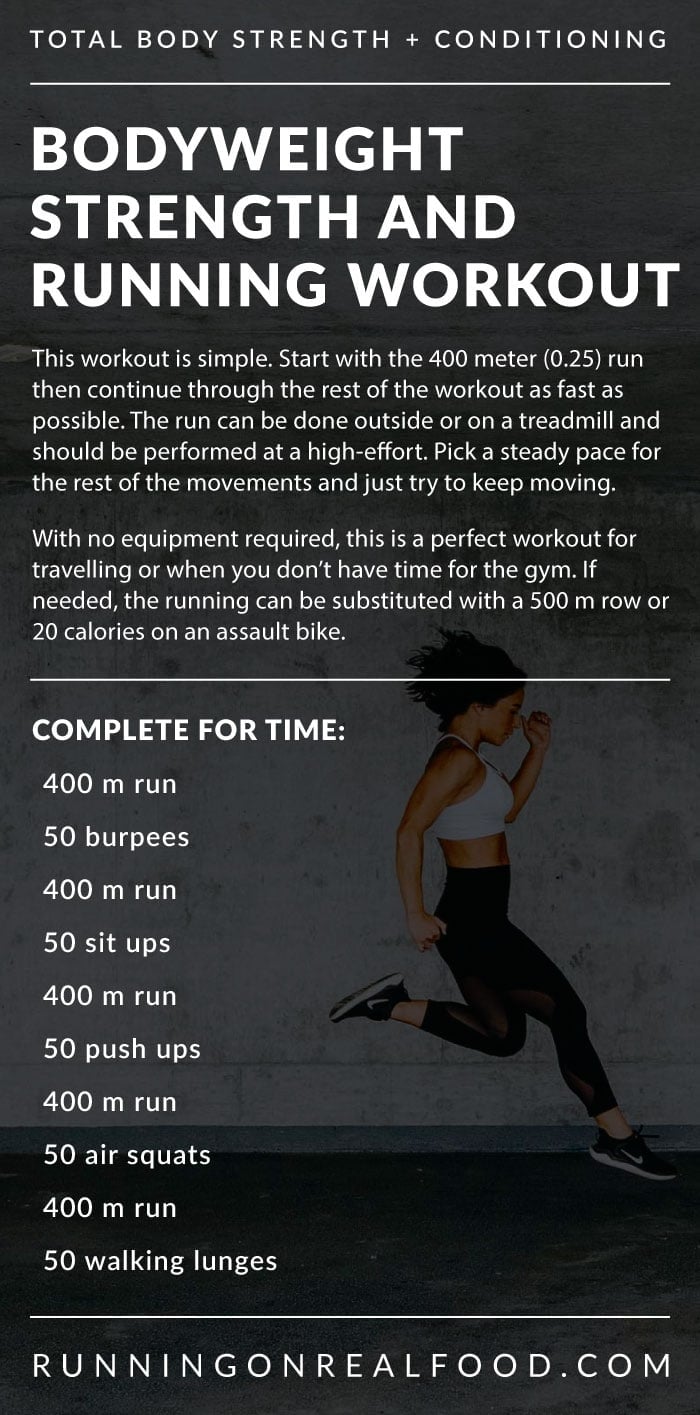The Ultimate Overview to Dealing With Pain When Running
Whether you are a skilled marathoner or simply beginning your running journey, comprehending the different types of pain that can occur and the techniques to address them is vital. From pre-run warm-up routines to proper shoes option, there are many aspects to think about when it comes to dealing with pain while running.

Comprehending Different Kinds Of Running Discomfort
When running, it is vital to differentiate between various kinds of discomfort to stop injuries and take full advantage of performance (Read More). One common kind of discomfort that joggers may experience is muscle soreness, which typically emerges from the stress and anxiety placed on muscle mass during workout. This sort of pain is frequently a regular component of the running process and can be taken care of via appropriate warm-up, cool-down, and extending regimens
One more type of pain to be mindful of is joint pain. Joint discomfort can suggest problems such as overuse, improper kind, or underlying conditions like joint inflammation. Disregarding joint discomfort can bring about much more severe injuries, so it is vital to deal with any kind of discomfort without delay and possibly seek specialist guidance.
In addition, sharp or stabbing pains must not be ignored. These kinds of discomfort can signify acute injuries such as pressures, strains, or tension cracks - running workout. Remaining to run via these kinds of discomfort can worsen the injury and extend healing time

Pre-Run Warm-Up and Extending Regular
To prepare the body for a running session, executing a reliable pre-run workout and stretching regular is necessary. An appropriate workout aids raise blood circulation to the muscular tissues, boosts flexibility, and reduces the risk of injury during the run. Begin with dynamic stretches like leg swings, arm circles, and high knees to gradually increase your heart price and chill out the muscle mass. Dynamic stretching assists simulate the motions you'll be doing while running, preparing your body for the activity ahead. Follow this with static stretches concentrating on significant muscular tissue teams such as the hamstrings, quadriceps, calf bones, and glutes. Hold each stretch for regarding 15-30 seconds without bouncing to promote muscle leisure and flexibility. Keep in mind to listen to your body and adjust the intensity of your warm-up based on your physical fitness degree and any type of pre-existing conditions. By incorporating a regular pre-run workout and stretching regular right into your running regimen, you can maximize efficiency and decrease the danger of discomfort or injury.
Correct Footwear Selection and Fit
When picking running footwear, it is vital to consider elements such as foot kind, running gait, arch assistance, cushioning, and footwear size. Seeing a specialty running shop for a gait evaluation and specialist fitting can help make sure that you pick the right footwear for your individual requirements. Spending in high-quality footwear that is proper for your running style and foot anatomy is an aggressive step towards protecting against pain and injuries throughout your runs.
Nourishment and Hydration Tips for Pain Avoidance

Hydration is just as important for runners to stay clear of cramps, dehydration, and various other discomforts that can lead to discomfort during running. By focusing on nutrition and hydration, joggers can improve their efficiency, reduce discomfort, and appreciate an extra comfortable running experience.
Post-Run Recuperation Techniques to Alleviate Discomfort
Carrying out efficient healing methods is crucial for alleviating pain and promoting muscle recovery after running sessions. Additionally, icing sore locations for 15-20 mins can aid lower swelling and numb discomfort post-run.
Moistening properly post-run is critical for replenishing liquids shed throughout exercise and aiding in muscular tissue healing. Eating a balanced treat or dish that includes healthy protein and carbs within 30 minutes of ending up a run can help fix muscle cells and renew energy stores. Furthermore, getting sufficient rest is essential for allowing the body to fix and strengthen muscular tissues. Incorporating energetic healing activities such as light walking or swimming can additionally assist promote blood circulation and minimize muscle mass find more information stiffness - Read More. By incorporating these post-run recuperation strategies into your routine, you can effectively manage discomfort and enhance your running performance.
Final Thought
In final thought, dealing with various kinds of running pain via appropriate warm-up, extending, footwear option, nutrition, hydration, and post-run recovery methods is vital for pain avoidance and administration. By comprehending the reasons for discomfort and implementing these approaches, runners can minimize pain and potential injuries. It is critical to prioritize overall physical wellness and wellness to ensure a successful and enjoyable running experience.